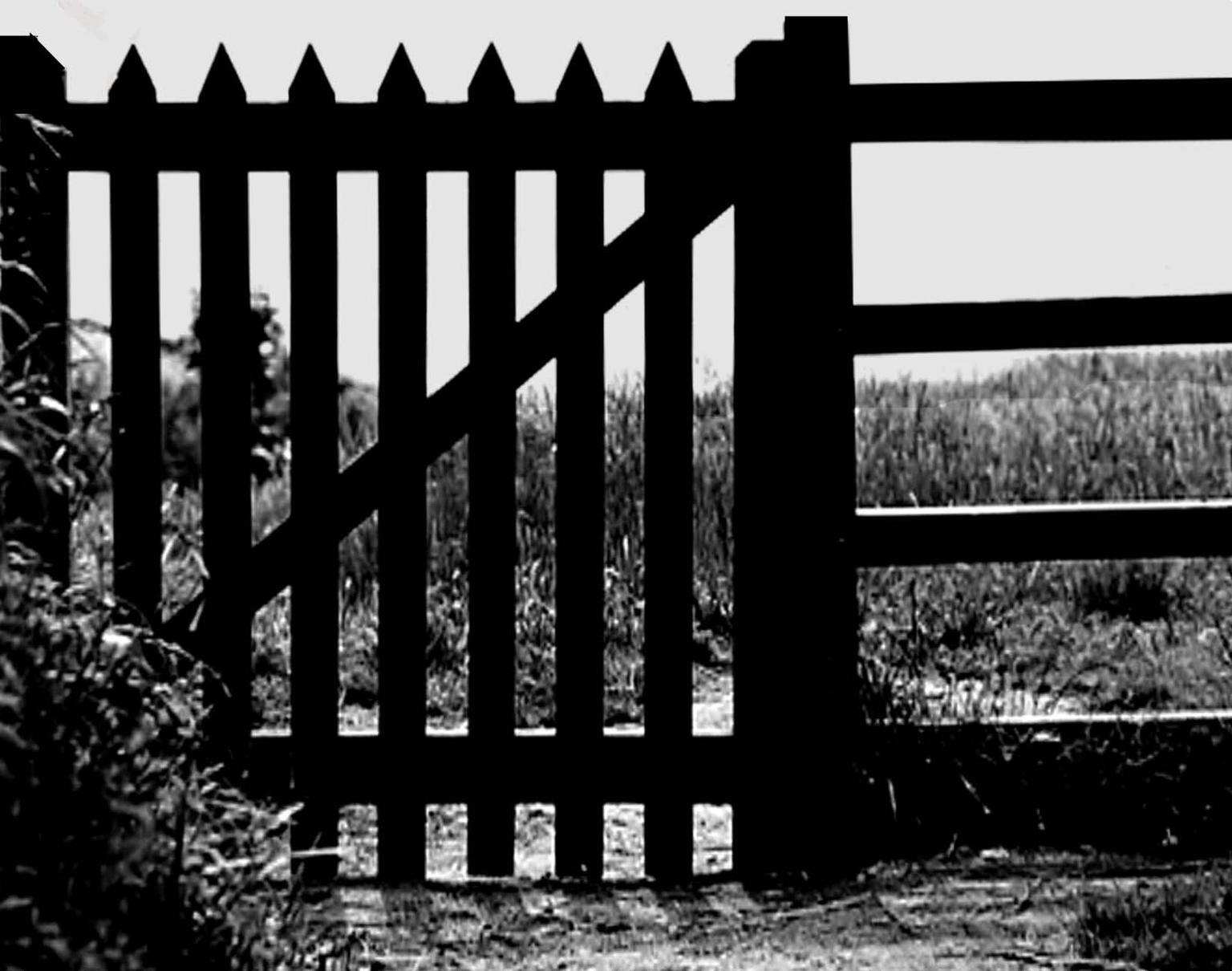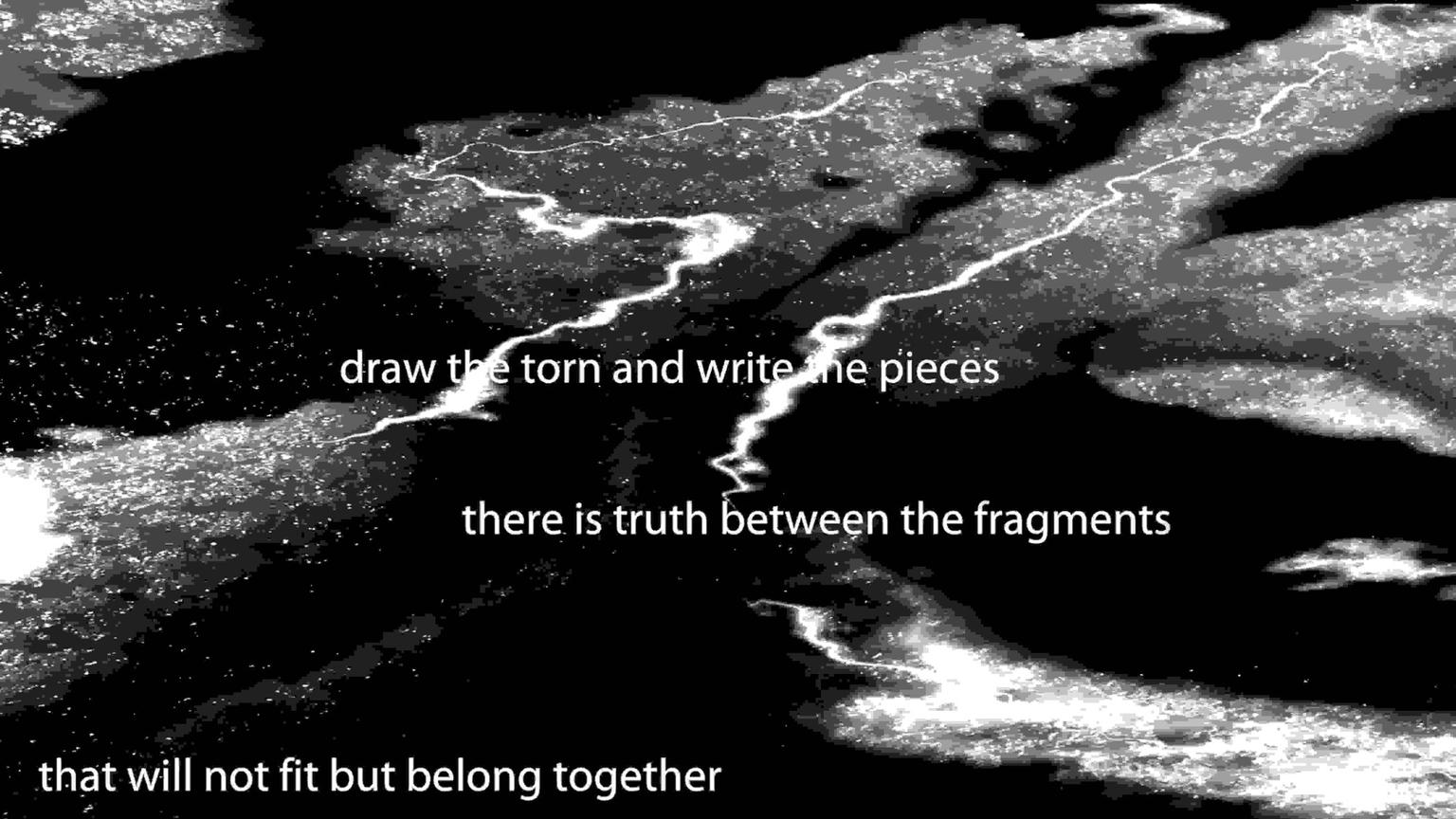Your support in action – autumn round-up 2022

From a multicoloured stained-glass window to a luminous replica of planet Earth, discover more about some of the incredible works of art that we've been able to help museums and galleries acquire recently thanks to your support.
Have you ever wondered what the Earth looks like to an astronaut in space, or had a hankering for gazing up at stained-glass windows?
The first three works we’re featuring might all be very different, both in form and concept, but they demonstrate the incredible breadth of art we’re able to support thanks to Art Fund members and donors.
We’re also highlighting works by Veronica Ryan and Lis Rhodes that are being acquired by museums as part of the Freelands Art Fund Acquisition Scheme, designed to help museums increase their holdings of contemporary work by women artists.
Ryan was the 2018 recipient of the Freelands Award – which enables a UK arts organisation to present an exhibition, including significant new work, of a mid-career woman artist – and Rhodes was the winner of the prize in 2017.
And don’t forget, you’ll get great benefits when you visit these venues with a National Art Pass.
A powerful tapestry
This tapestry by multidisciplinary artist Victor Ehikhamenor, Still Standing (2021), depicts Oba Ovonramwen, the dethroned king of Benin. One in a series of portraits by the artist using rosary beads to present royal and historical figures from Benin kingdom, it includes materials and imagery inspired by the artist’s own upbringing in modern-day Benin city, southern Nigeria.
The acquisition of this tapestry by the Pitt Rivers Museum in Oxford reflects the museum's policy of collecting contemporary work as part of the process of cultural restitution. The Pitt Rivers Museum holds 145 items stolen in the Benin raid in 1897, when British troops sacked the palace and city of Benin, and is working with the Benin Dialogue Group to address the issue of return and restitution.

Colourful stained glass
This striking stained-glass window was made from a cartoon by celebrated Arts and Crafts artist Wilhelmina Geddes, completed by 20th-century artist Charles Blakeman after her death. It depicts three theological virtues as seated female figures – Faith, Hope and Charity – and was installed in St Paul’s Church in Battersea in 1956.
After being boarded up in 1976 and eventually removed entirely when the church was sold for development in 2015, the window has been given a new lease of life as part of the collection at Ely’s Stained Glass Museum. Here you can see a stunning collection of stained-glass windows through time, some dating back as far as the medieval period.

A luminous globe
Created by contemporary artist Luke Jerram, known for his large-scale installations and live artworks, Gaia (2021) is a spectacular illuminated replica of planet Earth. One of five of its kind, it is designed to hang rotating in mid-air accompanied by a soundtrack by composer Dan Jones. Jerram's intention is for the work to convey a sense of the Overview Effect, the feeling of awe experienced by astronauts gazing down on Earth from space.
Gaia will be displayed in a new visitor centre at Discovery Point, Dundee, currently undergoing a major redevelopment. Set to be one of its star exhibits, this dazzling work will sit alongside new galleries exploring climate change, the ocean environment and Antarctic science.

A cabinet of curiosities
Exclusion Zones I (2021) by sculptor Veronica Ryan is a work of stark contrasts. Made from contradicting materials, including the hard and the soft, the manmade and the found, this intricate shelving system pairs an industrial aesthetic with the softness of handmade and organic items.
Each shelf contains an object of particular significance to the artist, evocative of a personal cabinet of curiosities, and nods to Ryan’s interest in stacked, vertical forms.
Exclusion Zones I will find its home in the collection at Leeds Art Gallery, in a county known for producing some of Britain’s most celebrated sculptors, including Barbara Hepworth and Henry Moore.
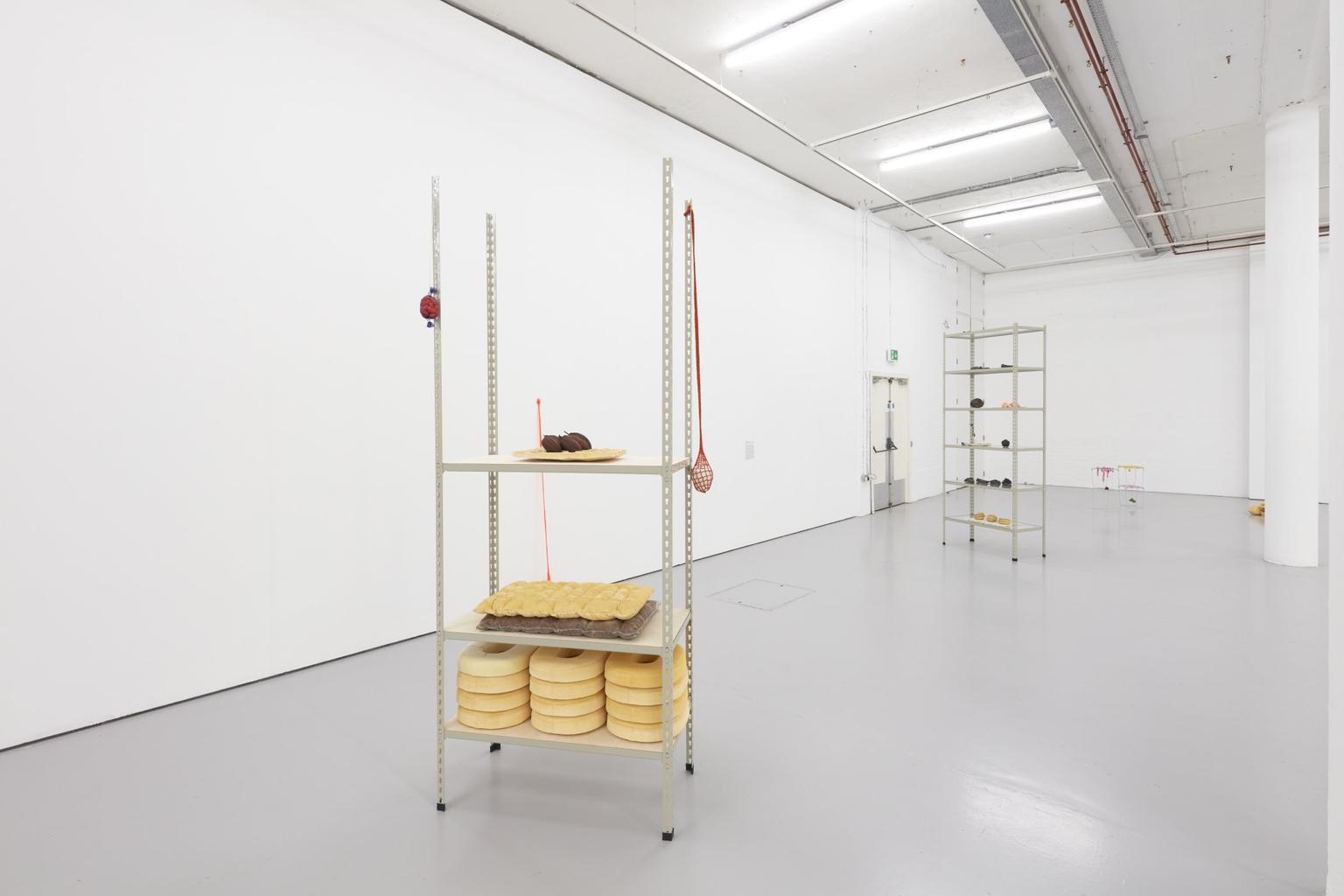
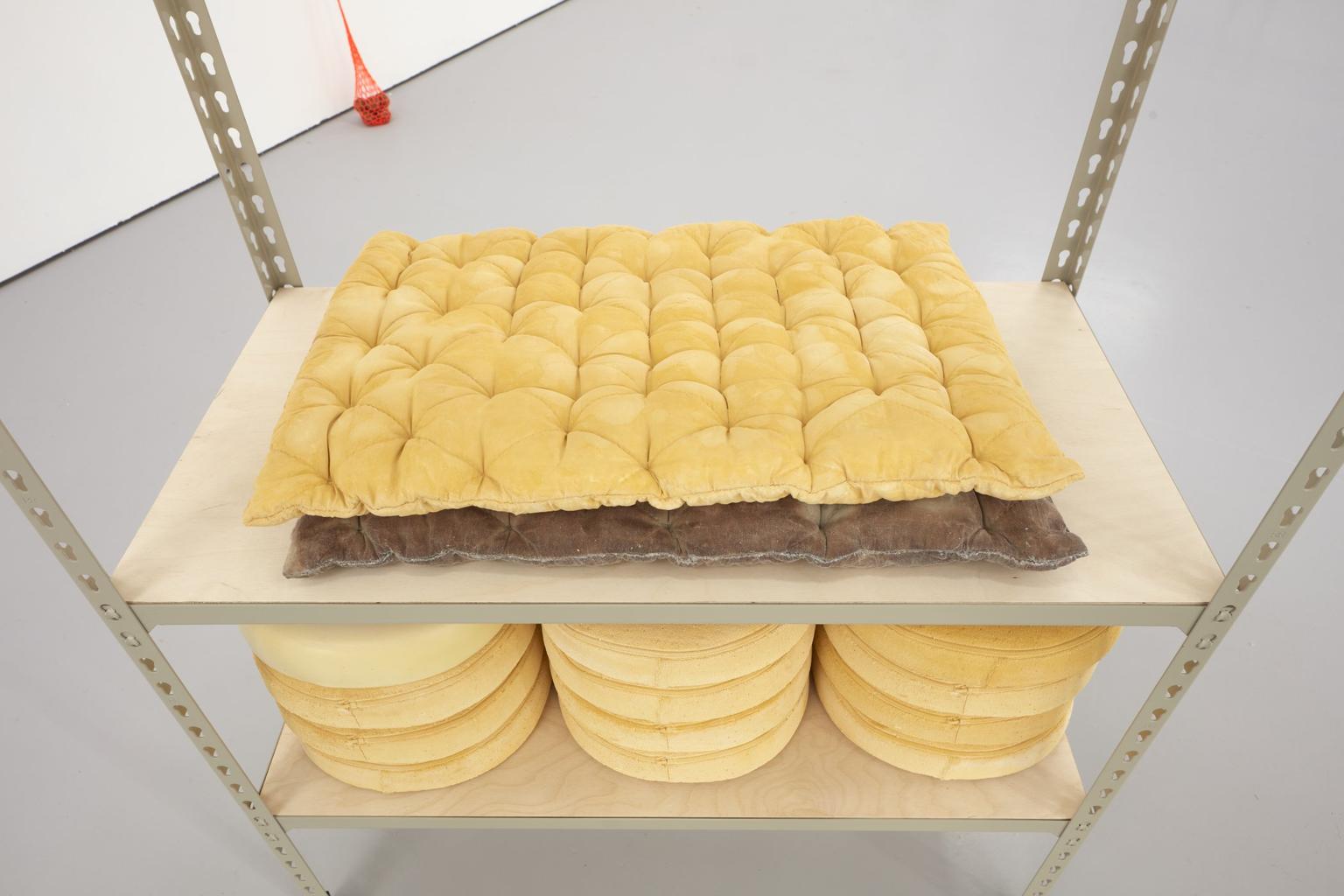
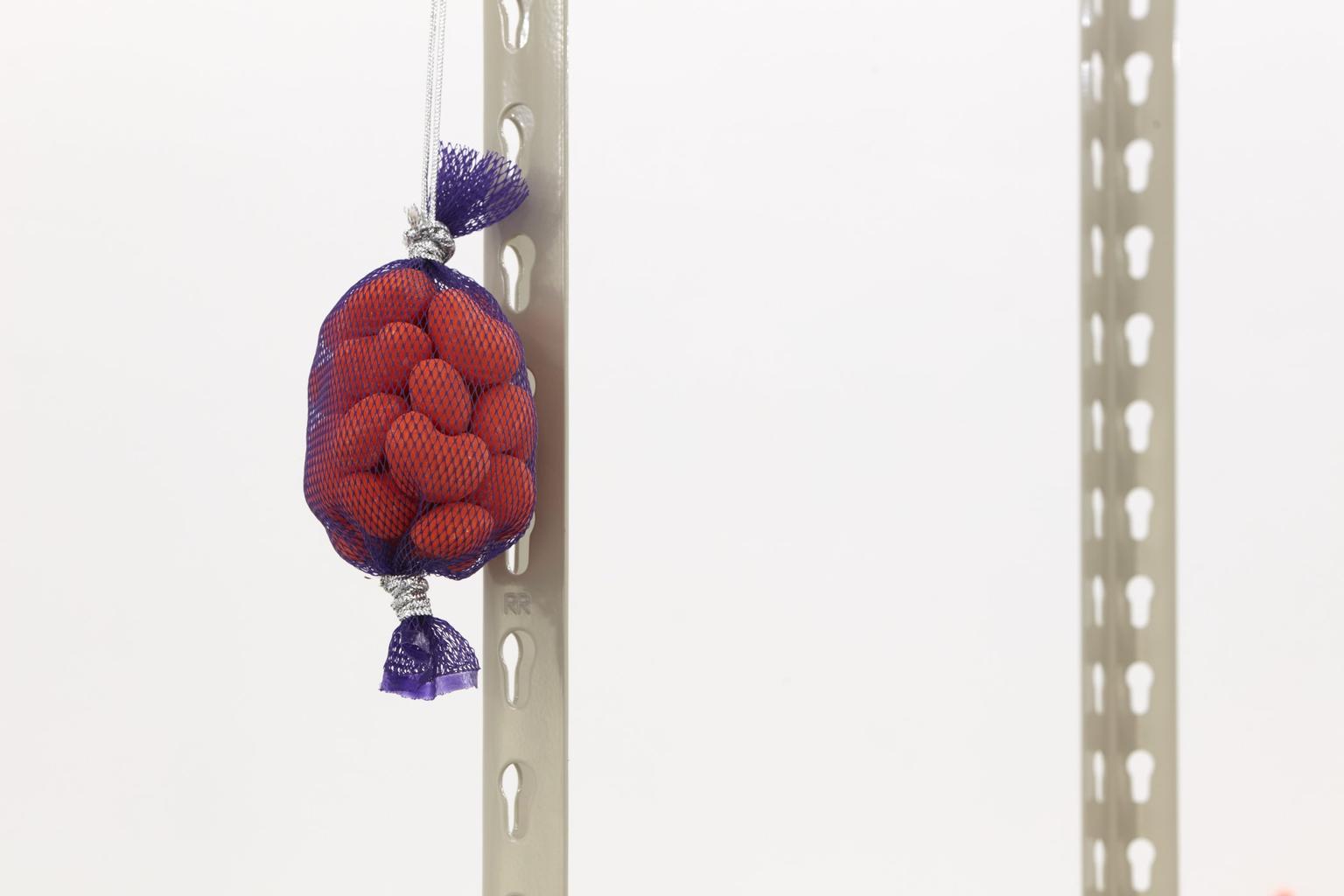
A trio of socio-political films
Three films spanning a 40-year period of experimental filmmaker Lis Rhodes’ career will join the collection at the Hunterian in Glasgow. These works, from different stages in the artist’s career, demonstrate how she has continuously stripped the art of filmmaking back to its roots and tackled powerful topical themes.
Pictures on Pink Paper hails from the early days of Rhodes’ career and is the only one of the trio in colour. Made in 1982, it explores gender inequality, looking at how women have come to be associated with 'nature', and men with 'culture'.
Dissonance and Disturbance, created 30 years later in 2012, in black in white, is a combination of three of the artist’s films, linked together by an overarching soundtrack. It invites the viewer to question the relationship between neoliberalism and violence.
And finally, Ambiguous Journeys, a more recent work created in 2018, also in black and white, sees Rhodes continuing to explore this topic, specifically how neoliberal regimes have led to the deprivation of migrant workers.
Ambiguous Journeys (2018), Dissonance and Disturbance (2012) and Pictures on Pink Paper (1982) will join the Hunterian’s growing collection of varied contemporary work.
